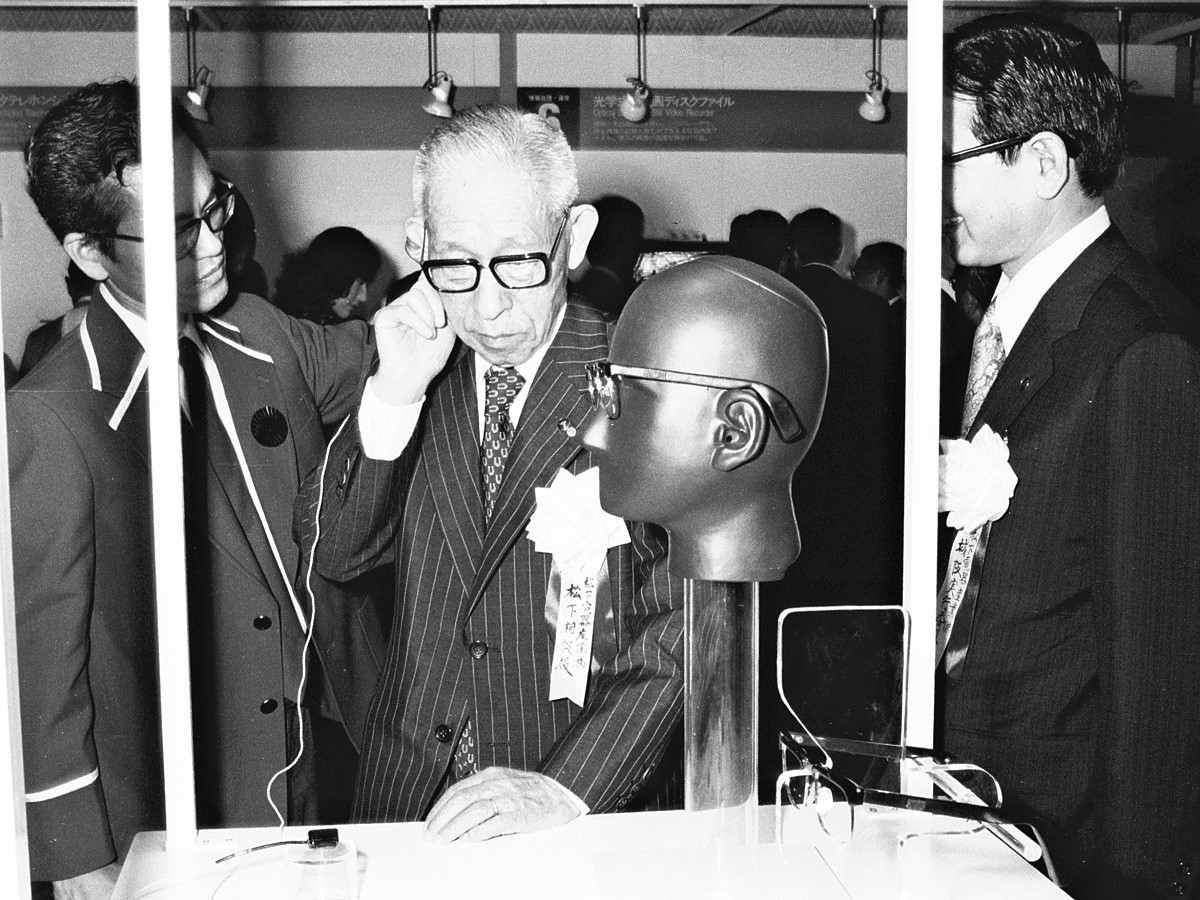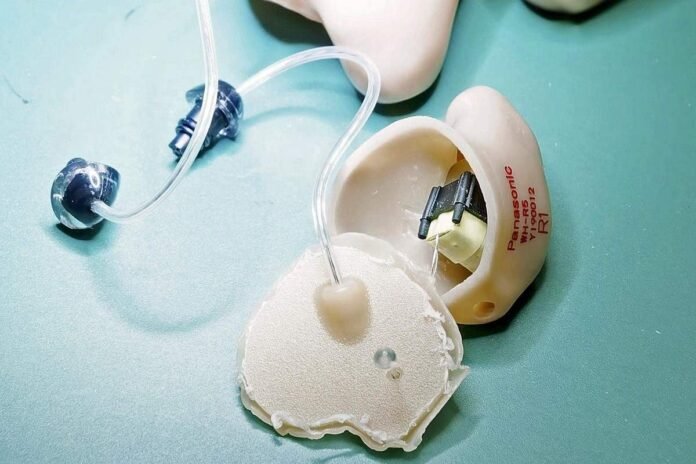The hearing aid from Panasonic Holdings Corp. with a precision instrument
12:57 JST, November 3, 2024
As Japan’s population ages, demand for hearing aids in the country is increasing. Last year, a record 650,000 hearing aids were shipped. On the other hand, some people are reluctant to use hearing aids because they are embarrassed to wear them. In response, manufacturers are focusing on products with improved design and functionality.
At the Panasonic Holdings Corp. factory. in Tosu, Saga Prefecture, technicians were carefully assembling hearing aids using tweezers and soldering irons while looking through microscopes on their desks, ahead of the Day of Respect for the Elderly on September 16.
The finished products are shipped from Tosu to other parts of the country. “Hearing aids play the role of helping people hear easily and improving their quality of life,” said Tadashi Shimotoso, head of hearing aid production department. “We would like to make products that allow people to experience the joy of hearing.”

Konosuke Matsushita, founder of the Panasonic Group, tests hearing aids at a technology exhibition in 1978.
Panasonic, known as a consumer electronics manufacturer, first launched hearing aid products in 1959. The company is said to have launched the business after Konosuke Matsushita, the founder of the Panasonic Group, who was concerned about his wife’s declining hearing, commissioned the in-company development of hearing aids.
Against the backdrop of a rapidly aging population, Japan’s hearing aid market continues to grow. According to the Japan Hearing Instruments Manufacturers Association, domestic shipments of hearing aids reached approximately 652,000 units in 2023, an increase of 8% from the previous year. It was the highest number since the survey began in 1990.
However, a 2022 survey found that only 15% of those in the country considered to have hearing problems used hearing aids. This figure is 55% lower than in European countries such as Denmark and 53% in Great Britain.
As reasons for not using hearing aids, 57% of respondents cited “discomfort,” followed by “hearing problems are not that serious” (40%), “lack of financial resources” (38%), and “embarrassment” (25%) . Multiple answers were allowed.
Such reactions have prompted companies in recent years to launch products that focus more on appearance and functionality. In 2021, Sharp Corp. launched. the “Medical Listening Plug,” a hearing aid that looks like a wireless earphone, with a list price of ¥99,800.
Manufacturers are also focusing their efforts on extending the hours of continuous use of their products. The Danish company Widex released such a product in April. Priced from ¥243,000, the model can be used for up to 37 hours of continuous use on a four-hour charge. Products that use ‘cartilage conduction’, in which sound is made audible by vibrations in the cartilage around the ear, are also becoming increasingly popular.



